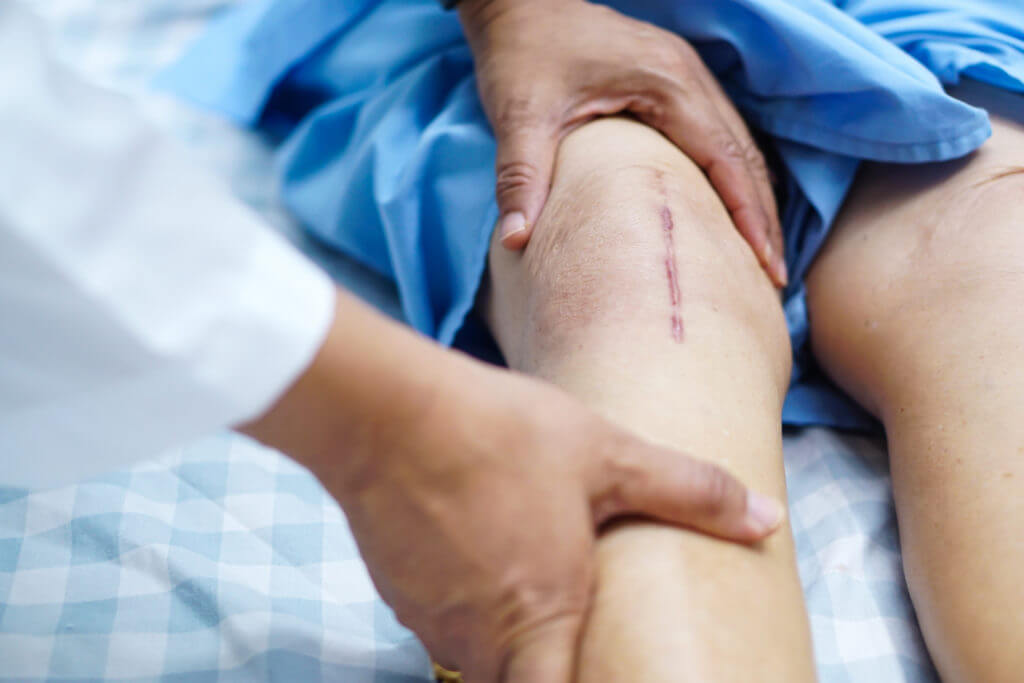There are a variety of reasons someone may undergo surgery. It is often indicated with end-stage arthritis, after traumatic injury, with neurologic conditions, or when there are other abnormalities at a joint. While surgery is performed to correct an issue, there are often additional interventions required to facilitate return to activities of daily living and recreational activities. Range of motion limitations, weakness, swelling and other deficits will often be present following surgery which can make these activities significantly difficult. Physical therapy plays a vital role in addressing post-surgical deficits to improve quality of life and make the most of the structures addressed with surgery.
Range of Motion
Deficits with range of motion are common following surgery; especially after a period of immobilization which is indicated in some cases. In these instances, there can be limitations in soft tissue extensibility, localized inflammation, and swelling which can all contribute to sensations of stiffness or pain and significantly limit active range of motion at a joint. A physical therapist can identify structures that contribute to range of motion deficits and prescribe specific mobility exercises and stretches to make improvements in addition to using manual therapeutic techniques to further mobilize a joint. They can also provide education on scar tissue mobilization and the use of ice and other modalities to reduce swelling and improve overall function.
Weakness
After surgical intervention, there is typically weakness surrounding the involved structure. This can be due to atrophy of the muscles due to disuse or can be due to difficulty activating the muscles. For example, after ankle surgeries, there is often a period of immobilization to protect the surgically altered structures. In these cases, it is common to see atrophy of muscles in the calf and foot. Additionally, after undergoing knee surgeries, it is common to see quadriceps inhibition; or difficulty engaging and activating the muscle. Physical therapy can address these deficits in several ways. A therapist will perform strength testing to identify which muscles are specifically weak and then prescribe exercises that directly target those areas to improve strength. Additionally, neuromuscular electrical stimulation (NMES) can be utilized to promote improved activation of a muscle and promote strengthening.
Return to Recreational Activities
Given that it is likely one would experience range of motion and strength deficits following surgery, it is expected that there will be difficulty returning to recreational sport or other physical activity. In addition to restoring range of motion and establishing foundational strength, a physical therapist can work to implement sport or activity-specific exercises that deliberately target muscle groups used in any given activity. They can then progress the intensity of these exercises until it is possible to safely return to sport or recreational activities.
If you or someone you know is planning an upcoming surgery, physical therapy can help restore them to their maximum potential. Call Respire Physical Therapy today at 703-671-1871 or click here to schedule an evaluation with a Physical Therapist today to get back to your favorite activities!
Tags: surgical recovery, choosept, arlingtonva, alexandriava, Physical Therapy, fallschurchva, Respire Physical Therapy, ptworks, physical therapist, pain free living, health blog, movementfreedom, Post Surgical Rehab, post-surgical rehabilitation



